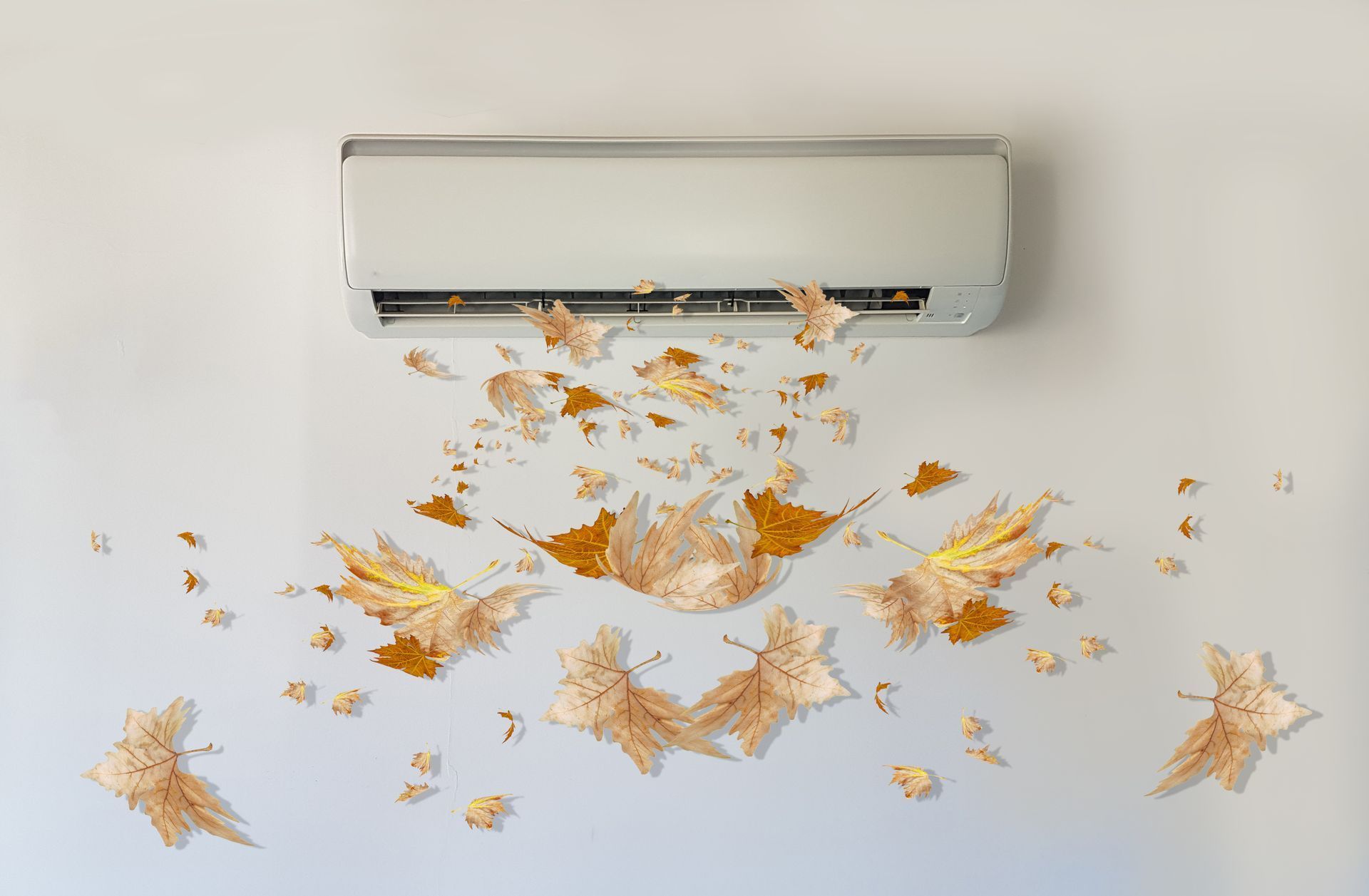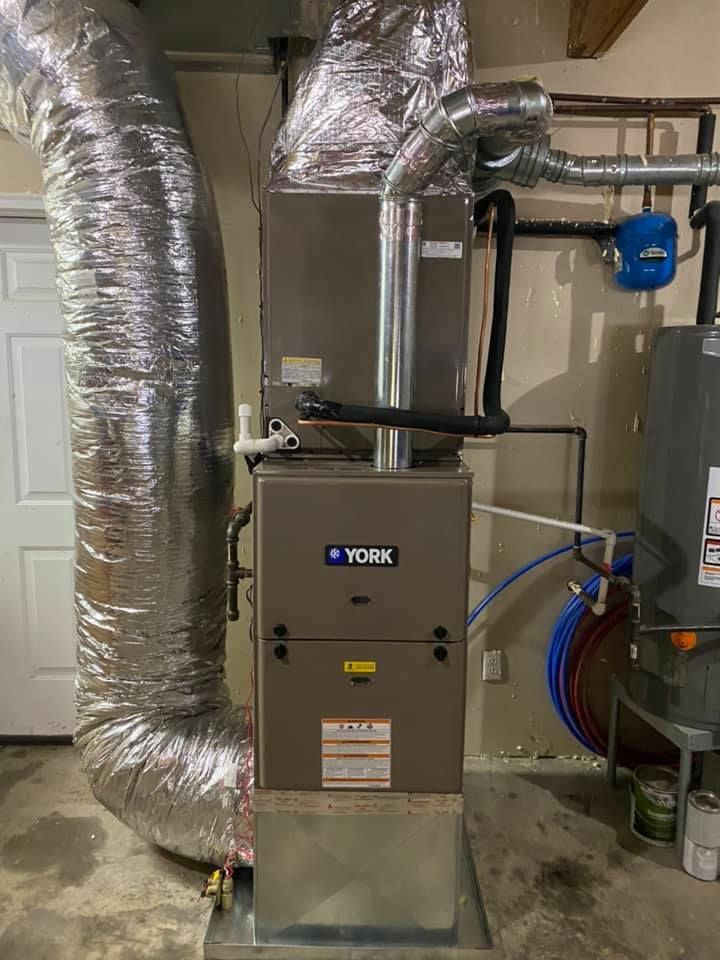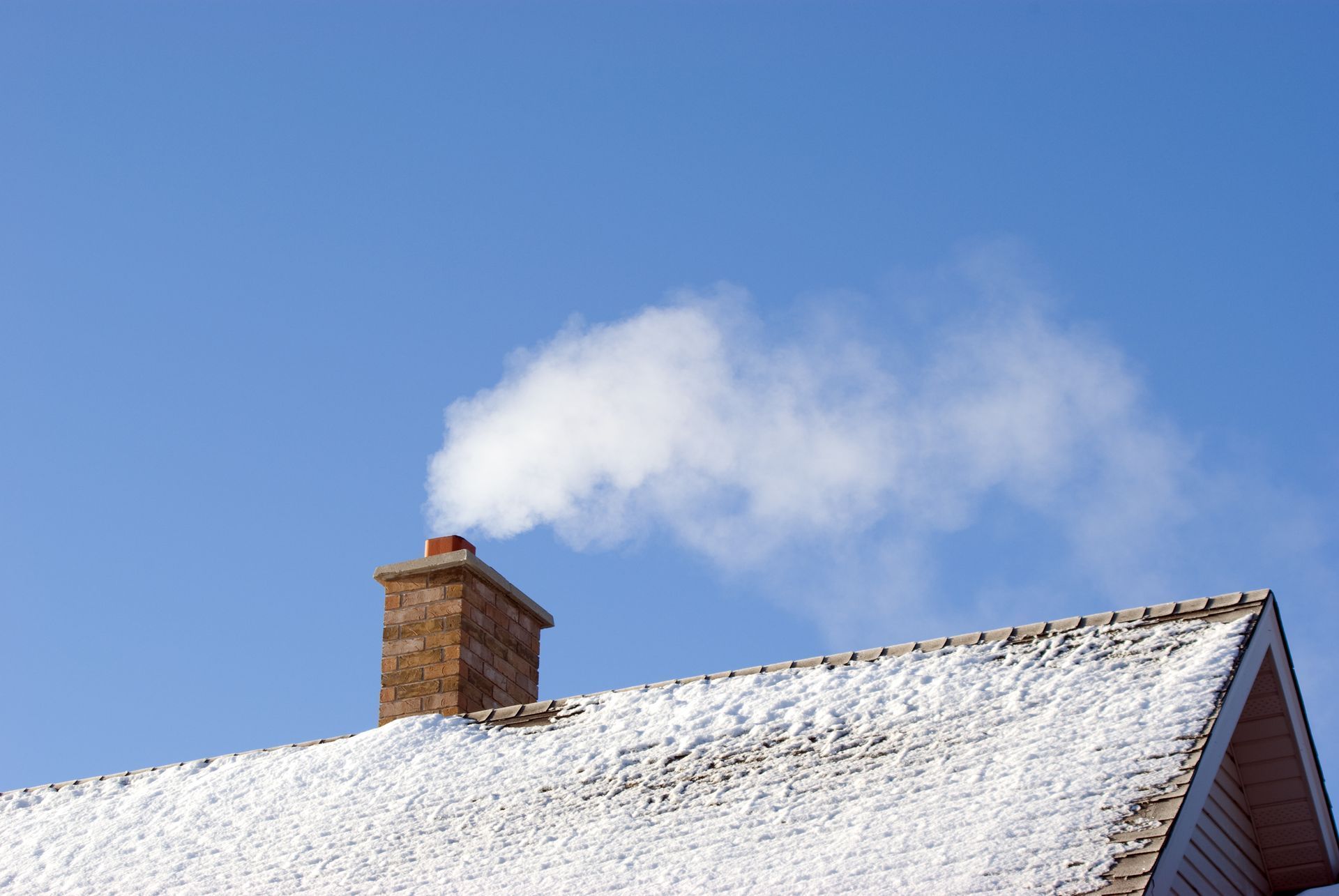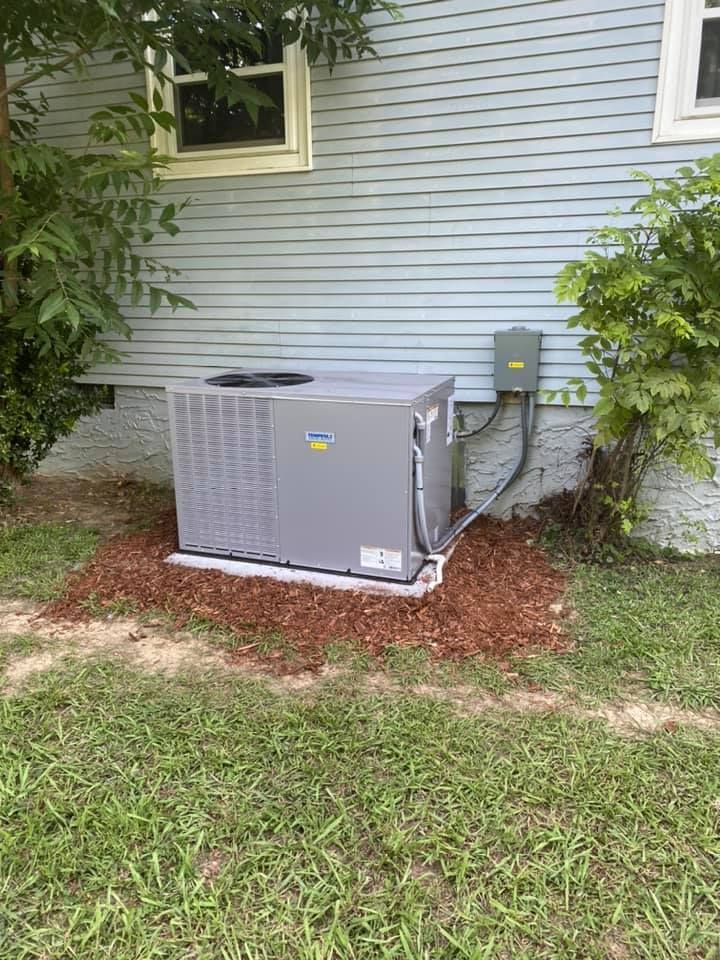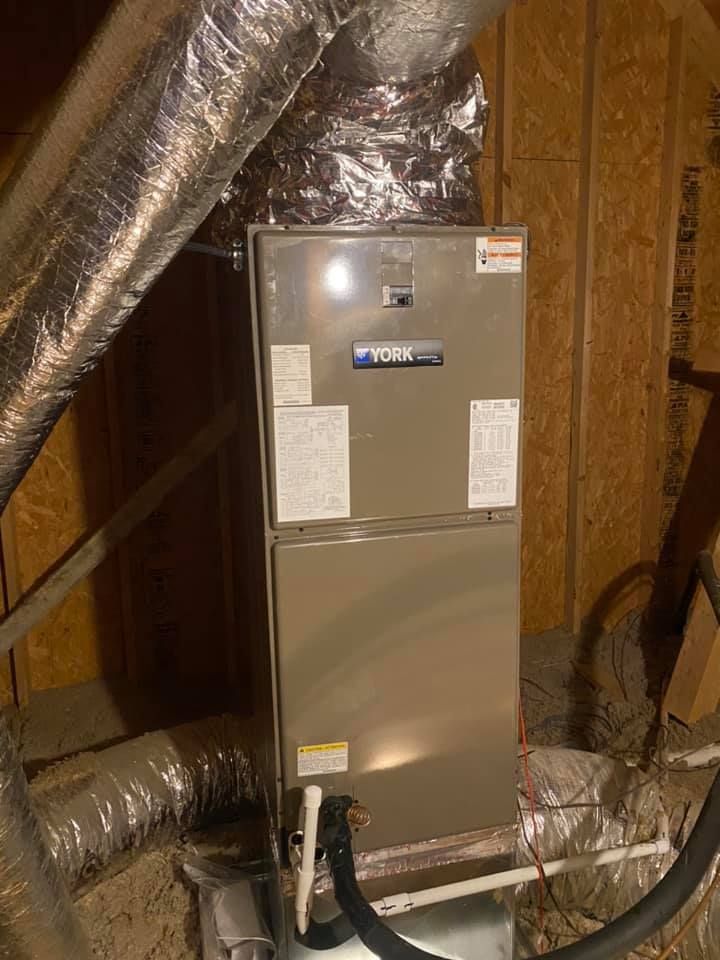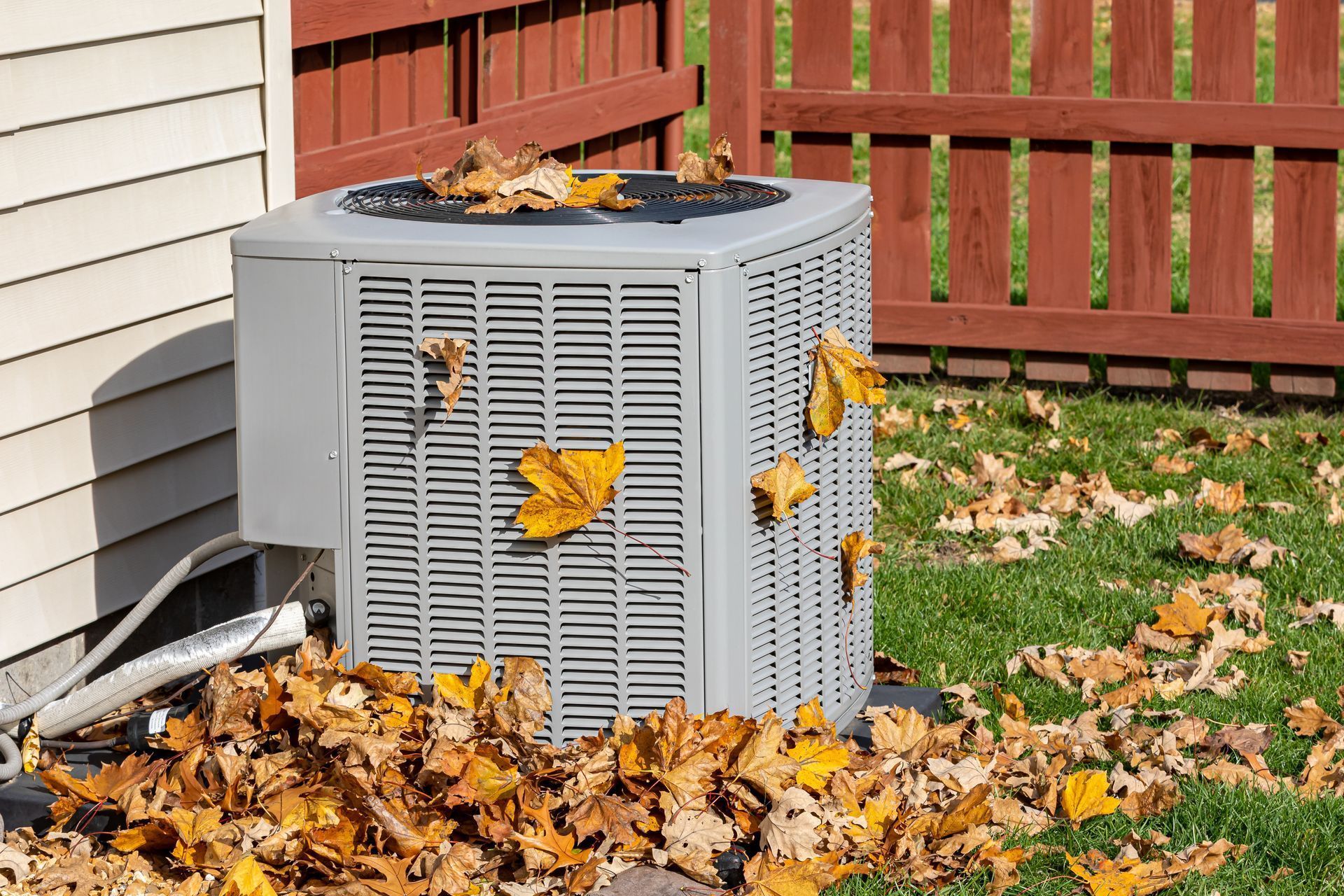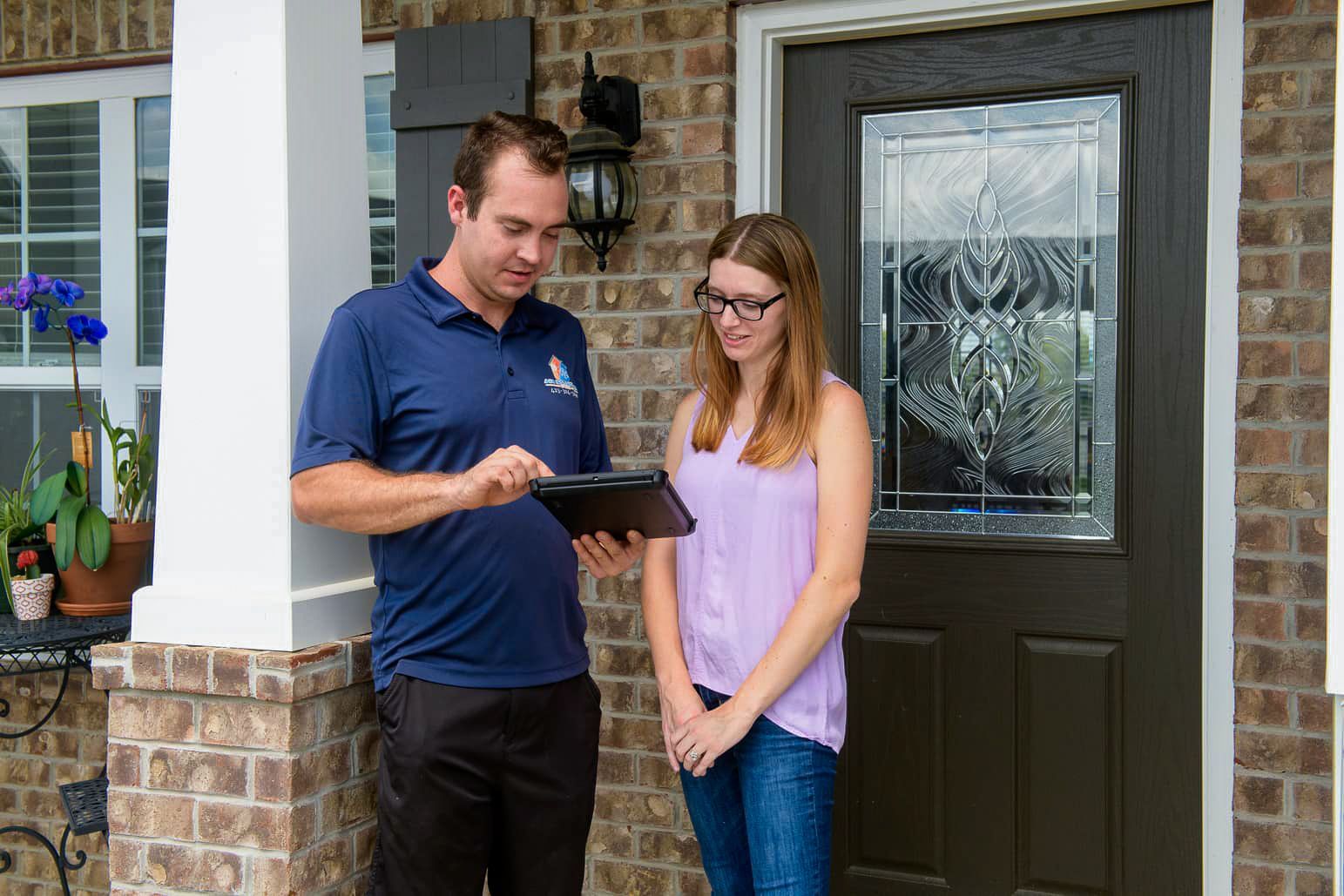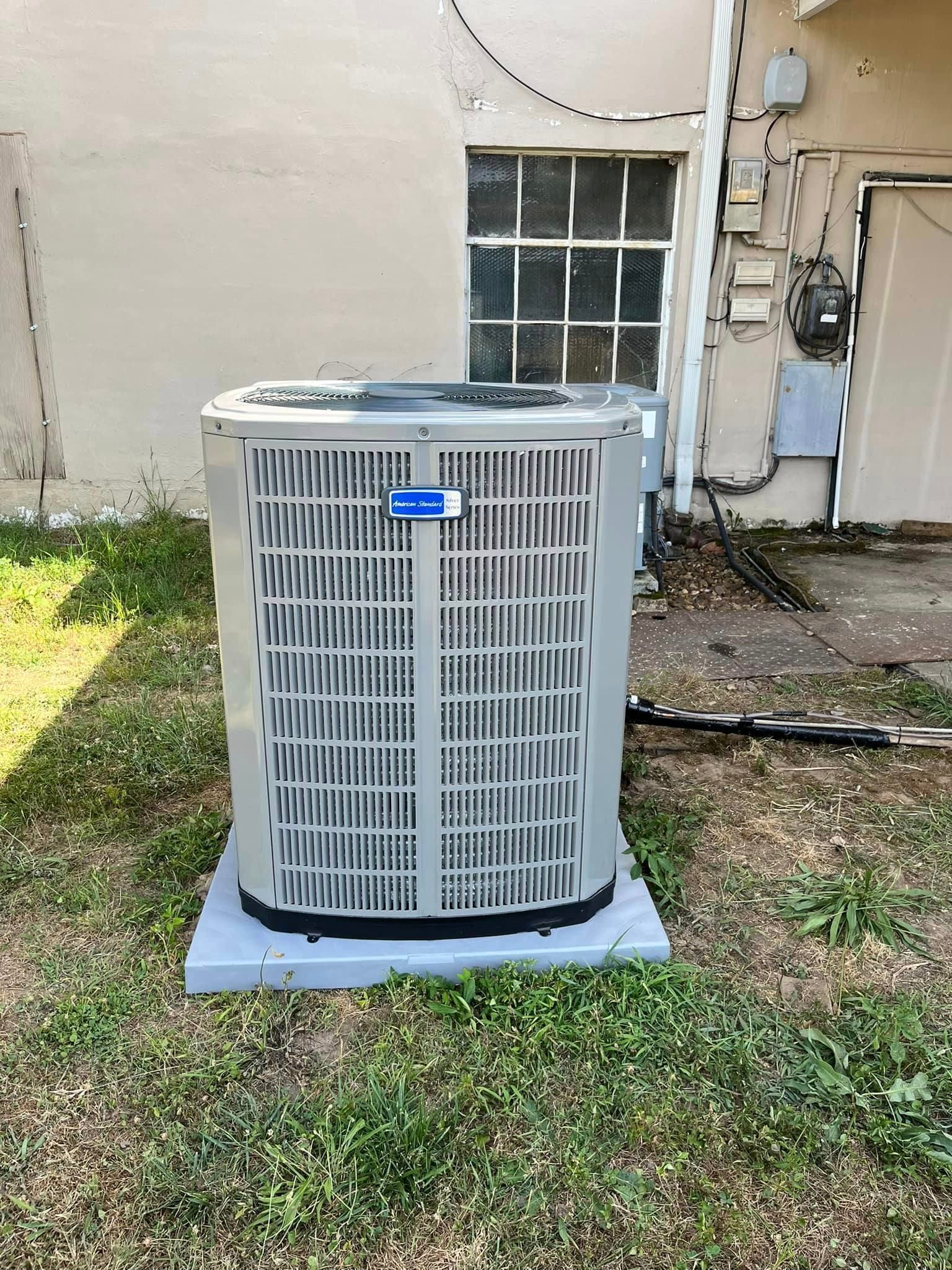Setting Your Thermostat Efficiently
1. Understanding Your Thermostat
There are several types of thermostats, including:
3. Using Programmable Thermostats Programmable thermostats can significantly reduce energy usage by adjusting the temperature based on your daily schedule. Typical Weekly Schedule:
4. Utilizing Smart Thermostats Smart thermostats offer advanced features like remote control via smartphone apps, learning your preferences, and adjusting settings automatically. Tips for Smart Thermostats:
5. Additional Tips for Efficient Thermostat Use
6. Energy Savings and Environmental Impact Efficient thermostat settings can lead to significant energy savings and reduce your carbon footprint. By lowering your thermostat by just 1°F (0.5°C) for 8 hours a day, you can save about 1% on your heating bill annually.
- Manual Thermostats: Require manual adjustments.
- Programmable Thermostats: Allow you to set schedules for temperature changes.
- Smart Thermostats: Can be controlled remotely and learn your preferences over time.
- When Home: Set the thermostat to 78°F (26°C).
- When Away: Set it to 85°F (29°C) or higher.
- At Night: Keep it slightly higher than the daytime setting, around 82°F (28°C).
- When Home: Set the thermostat to 68°F (20°C).
- When Away: Set it to 60°F (15°C) or lower.
- At Night: Lower it to 60-65°F (15-18°C).
3. Using Programmable Thermostats Programmable thermostats can significantly reduce energy usage by adjusting the temperature based on your daily schedule. Typical Weekly Schedule:
- Weekdays:
- 6:00 AM - 9:00 AM: Set to 68°F (20°C)
- 9:00 AM - 5:00 PM: Set to 60°F (15°C)
- 5:00 PM - 10:00 PM: Set to 68°F (20°C)
- 10:00 PM - 6:00 AM: Set to 60°F (15°C)
- Weekends:
- 6:00 AM - 10:00 AM: Set to 68°F (20°C)
- 10:00 AM - 5:00 PM: Set to 60-65°F (15-18°C)
- 5:00 PM - 10:00 PM: Set to 68°F (20°C)
- 10:00 PM - 6:00 AM: Set to 60°F (15°C)
4. Utilizing Smart Thermostats Smart thermostats offer advanced features like remote control via smartphone apps, learning your preferences, and adjusting settings automatically. Tips for Smart Thermostats:
- Use Geo-Fencing: Automatically adjust the temperature based on your location.
- Take Advantage of Learning Features: Allow the thermostat to learn and adapt to your schedule.
- Monitor Energy Usage: Use the thermostat's app to track and optimize your energy consumption.
5. Additional Tips for Efficient Thermostat Use
- Avoid Extreme Adjustments: Changing the thermostat drastically won't heat or cool your home faster and can waste energy.
- Maintain HVAC Systems: Regularly service your heating and cooling systems to ensure they operate efficiently.
- Use Fans: Ceiling fans can help distribute air more evenly, allowing you to set your thermostat a few degrees higher in summer or lower in winter.
- Seal Leaks: Ensure windows and doors are properly sealed to prevent drafts, making your heating and cooling more efficient.
6. Energy Savings and Environmental Impact Efficient thermostat settings can lead to significant energy savings and reduce your carbon footprint. By lowering your thermostat by just 1°F (0.5°C) for 8 hours a day, you can save about 1% on your heating bill annually.
Let’s Get Your HVAC System Running Like New!
Why wait? Whether you need a repair, replacement, or maintenance, Air Solutions Heating & Cooling is ready to help. Call today for expert AC repair in Chattanooga, TN and beyond!
